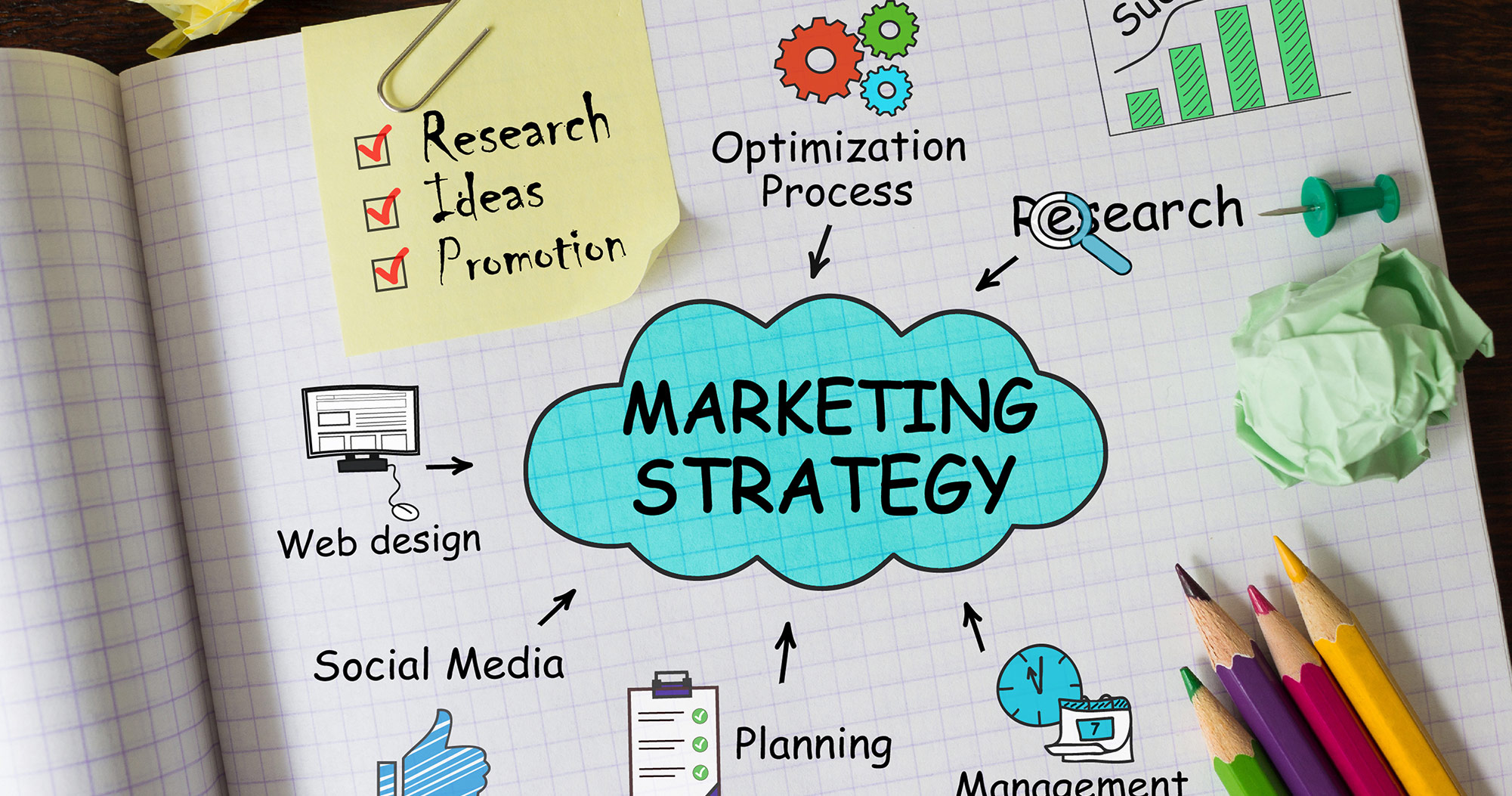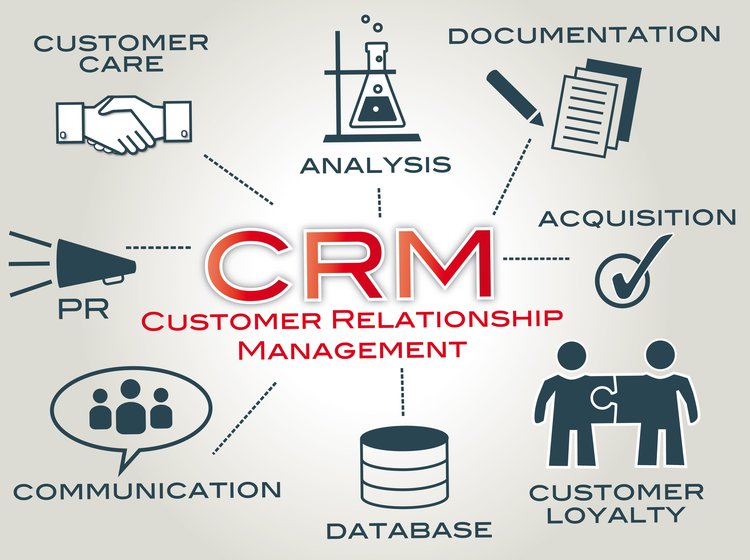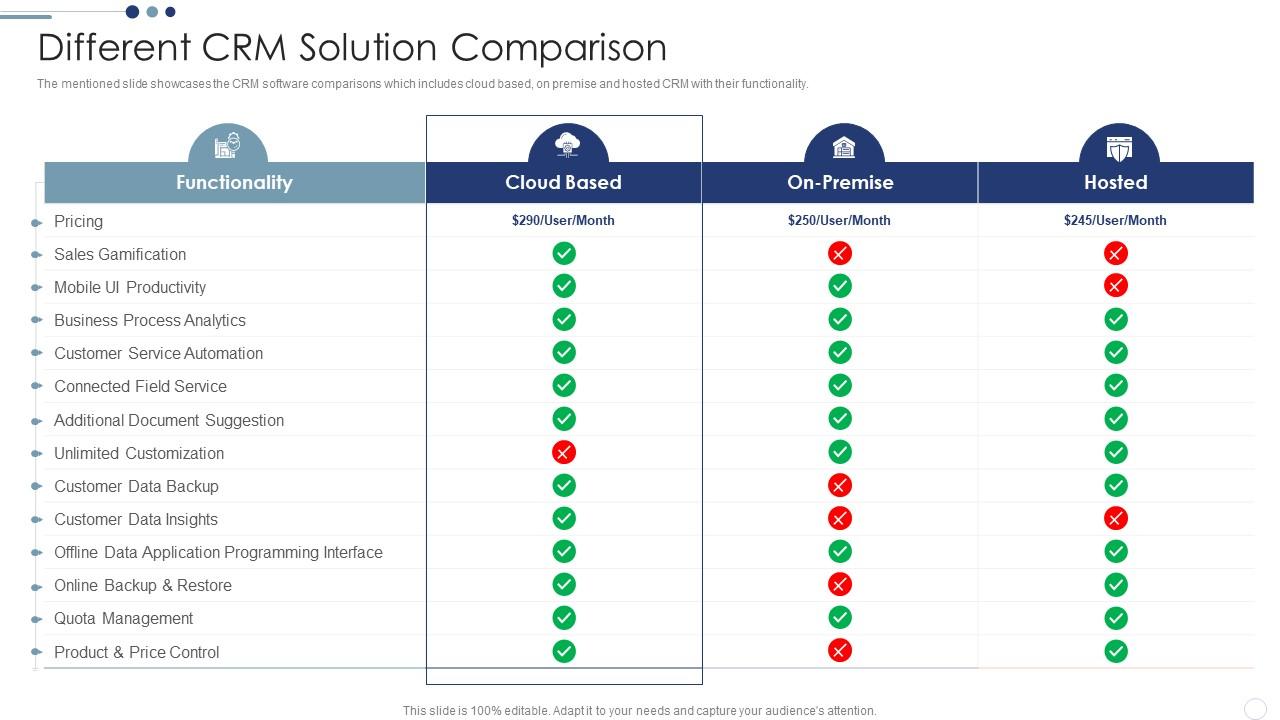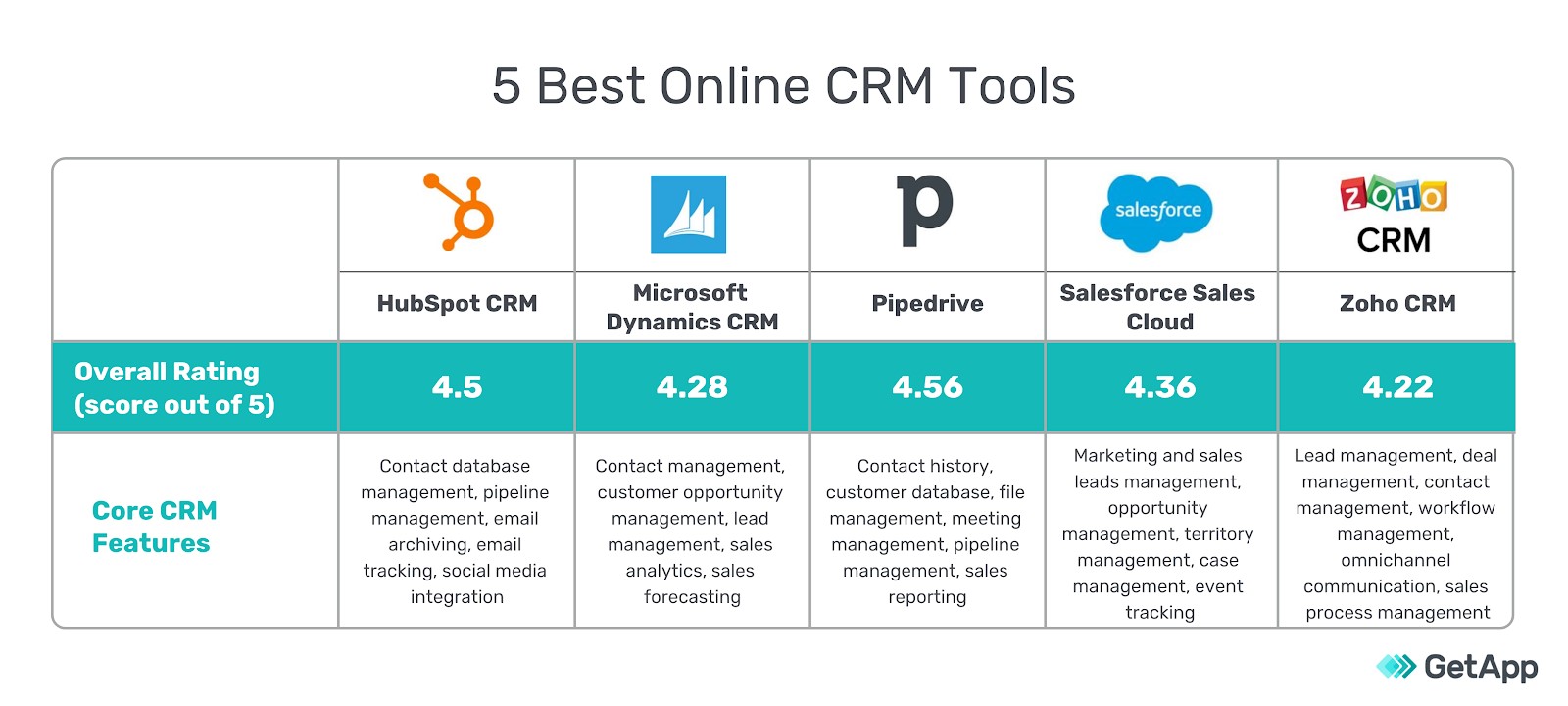SFA has been introduced by an increasing number of companies in recent years. Since it is a relatively new
solution
, many people may be aware that it will help improve business efficiency, but do not know what it actually is. We will thoroughly explain the basic knowledge of SFA, how it differs from
CRM
, which is often confused with it, and the key points to consider when implementing it and how to choose a tool, so please use it as a reference.
Related materials:
What is SFA?
SFA is an abbreviation for “Sales Force Automation” and is called “Sales Support System” in Japanese. This is a system that aims to visualize and streamline operations by automating the management and analysis of data handled by a company’s sales department, such as customers, projects, budgets, and employee performance.
Why SFA is attracting attention
SFA was born in the early 1990s as a result of the business efficiency boom that occurred among American companies. One of the main reasons why there was a time lag before they became accustomed to Japan was that they were not compatible with the sales style of Japanese companies, which relied on the skills and experience of individual salespeople.
However, the economic situation in Japan has been stagnant and contracting since the bursting of the bubble economy, and it has become necessary to completely change the way we have been doing things in order to improve sales and secure profits. That’s why SFA started to attract attention. Additionally, the development of communication
infrastructure
such as the Internet and smartphones since the 2000s, and the creation of
cloud-
based services, have also had a major impact on the spread of SFA.

Difference between SFA and CRM
I will explain the difference between SFA and CRM.
What is CRM?
CRM is an abbreviation for “Customer Relationship Management”, and in Japanese it can be translated as “customer relationship management” or “customer management”. This system allows you to collectively manage and analyze data such as basic information such as name, age, and gender, inquiry history, and purchase history in order to communicate optimally with customers.
The aim is to improve customer satisfaction and
engagement
by providing appropriate information and proposals tailored to each customer, leading to increased profits.
Differences between SFA and CRM
SFA and CRM are often confused, but they are actually different solutions. SFA focuses on the sales department and is a system that realizes effective sales activities by streamlining operations.
On the other hand, CRM makes communication with customers more effective by accumulating and sharing customer information not only with sales departments but also with departments that interact with customers.
However, SFA and CRM have many similar functions, and are often positioned as tools for improving business efficiency.

Benefits of SFA
In today’s Japan, improving operational efficiency through SFA is essential for expanding sales activities. By centralizing data and making it easier to share, you can aim to increase profits for the entire team rather than for individuals. Let’s explain it in detail.
Improve operational efficiency
By utilizing each function of the SFA system, it is possible to improve the efficiency of various operations. For example, by accumulating and managing customer information, you can save the effort of doing research, and you can simplify routine tasks such as managing schedules and creating business reports. By reducing unnecessary effort, agents can make effective use of their time and focus on necessary sales activities.
Visualization of business processes
By centralizing data that was previously managed separately, business processes can now be visualized. Managers can also provide appropriate support by being able to grasp the progress of projects and the actions of sales representatives in real time. By visualizing the process, it is easier to discover current issues and lead to prompt resolution.
Business process optimization
By converting information related to sales operations, such as customer information and project information, into data, centrally managing it, analyzing it, and utilizing it, sales staff can take appropriate actions at the optimal time for customers. Proper communication will help increase your closing rate and customer satisfaction.
Standardization of sales processes
By analyzing accumulated data related to project information and customer information, anyone can conduct efficient sales activities. By standardizing the successful sales process patterns that you have cultivated over the years, you will be able to establish sales know-how that is not influenced by individual experience and skills.
Improving organizational strength by sharing know-how and information
By sharing sales skills, know-how, information, etc., which previously had individual differences, you can improve the sales capabilities of the entire organization. Another advantage is that the data is centralized, making it easier to collaborate with other departments.

Disadvantages of SFA
The disadvantages of SFA include:
Input work to SFA becomes a burden
In order to utilize SFA, it is necessary to input data, but this input work is done manually. As a result, the workload of employees increases. In addition, the operation of SFA is often complicated due to its multifunctionality, and it takes some practice to use it fully.
For example, if it takes 10 minutes to input one item, 60 minutes of time resources will be spent on inputting 6 items. If you are not familiar with inputting data into SFA, it will take even more time. For these reasons, it can be said that inputting data into SFA is a burden.
SFA implementation cost is high
The cost of implementing SFA is also considerable. SFA is a
SaaS
type, and there are many cases where a monthly fee is charged depending on the number of IDs.
If you start mass-introducing the system to each and every employee from the beginning, many employees may not be able to use it properly, resulting in no results and increasing costs. To prevent this from happening, start by introducing the system on a small scale, and gradually expand the scale once many employees have become proficient at using it.
Just accumulating data but not knowing how to use it
Even if SFA is introduced, there are many cases in which the data is only accumulated and no one knows how to use it. This is also one of the reasons why SFA establishment fails, which will be explained later.
For example, this can be said for access analysis such as Google Analytics, but specialized knowledge and skills are required to analyze and analyze data, so it is necessary to secure human resources who can handle such work in the first place.
When introducing SFA, it is better to secure several people with specialized knowledge and skills who can analyze and analyze data at the same time.

How to choose an SFA tool/system
There are points to check when implementing SFA tools and systems. It is important to choose a highly reliable product considering its use over the medium to long term.
Easy data entry and operation
It goes without saying that implementing systems and tools will have no effect if the data is not input. In order for new systems and tools to quickly penetrate an organization, it is important that data entry and operation are easy and that salespeople do not feel burdened.
Functions that enable you to realize your business content and objectives
Make sure that the system has enough functions to streamline your business and that it can fulfill the purpose of introducing the system. Another important point is that it is compatible with various devices such as smartphones and tablets. Also, assuming that it will be used for a long period of time, consider the extensibility of functions in preparation for future usage plans and business expansion.
Click
here
to learn more about SFA’s main features.
Full of support
No matter how easy a system is to use, it will take some time for the system to become established within an organization and produce results. Even after installing the system, be sure to check whether the vendor’s support system is thorough. It would be reassuring if the vendor supports you over the long term.
Extensive implementation track record
Also consider whether the company has a proven track record of system implementation. The more experience you have, the more knowledge you will have on how to improve processes and utilize your system, which will serve as a guide for determining the reliability and stability of your system.
Interoperability with other tools
Check whether your data can easily be integrated with other departmental tools and systems. A particularly important point is whether customer information can be linked with
MA (marketing automation)
tools. By choosing in advance a tool that is highly compatible with other tools and systems, you can expect to further improve the quality of your work even after implementation.
For more information on the benefits of linking with MA tools, please see
here
.

Main features of SFA
SFA has the following main functions: It has excellent features to streamline your sales activities, so let’s explain them in detail.
customer management
This function centralizes and manages data such as transaction history, in addition to basic information such as name, gender, age, and address for individual customers, and company name, contact information, person in charge, and location for corporate customers. Even if the customer’s sales person changes, you can ensure that the information is handed over and prevent duplication or omissions in sales content.
Case management
This function centrally manages information such as the progress status of each project, order probability, quotation, and sales. Unlike traditional sales activities that rely on the experience and sense of individual personnel, managing project information in one place allows you to accumulate success know-how, which leads to improved sales skills for the entire organization. You can also analyze past project data and take the optimal action for each phase.
Behavior (process) management
This is a function that quantifies and manages the actions and results of sales representatives. By visualizing the number of visits, tele-appointments, closing rate, etc., it is effective for improving the content of proposals and for evaluating sales staff. It also helps identify factors that may lead to poor business performance or worsening conditions.
Sales forecast/budget management
This is a function that predicts sales based on various data accumulated in the sales process, such as information on sales personnel, customers, projects, products, and services, and manages it together with actual results. By comparing forecasts and actual results, you can measure your goal achievement rate and help you plan your next goals and budget.
Schedule/task management
Schedule management is a feature that centrally manages the schedules of sales representatives. In addition to reducing the amount of effort on the administrator’s part and increasing the efficiency of management operations, sharing this information within the team can also be expected to improve teamwork. Task management is not only useful for managers, but also for salespeople to perform tasks according to priorities.
reporting management
This function supports after-hours activity reporting tasks such as daily and weekly reports. Activity reports can be easily submitted using smartphones or PCs by inputting data into a fixed format, which saves time on the part of sales staff. Managers can also grasp sales results in a timely manner.
Aggregation/analysis report management
Some SFA tools and systems have the ability to automatically create aggregation and analysis reports of data obtained from sales activities. The effort required by sales staff to analyze data and create reports can be reduced, and the report results can be used in a variety of situations, including business improvement.

How to use SFA
The following are ways to effectively utilize SFA.
Use from anywhere
If you are using a SaaS type SFA, you can also use it from mobile devices such as smartphones and tablets via the Internet.
This way, you can easily use it while out and about, without having to bring a bulky laptop with you. If you bring along a foldable mini keyboard that is compact and portable, you can input data more efficiently.
Take advantage of automation features
SFA has many automation features to make sales activities more efficient. By skillfully incorporating these functions and characteristics into daily sales activities, you can effectively utilize SFA.
Especially by automating routine workflows, you can reduce the burden on salespeople. For example, you can automate tasks that would traditionally be done manually, such as assigning a person to a new lead, sending emails, and creating tasks.
Perform pipeline management
By introducing SFA, pipeline management becomes easier. Pipeline management is a management method that visualizes the series of business flows from acquiring appointments to receiving orders as a single pipe in sales activities.
This makes it easier to improve and analyze bottleneck operations. Ideally, this pipeline management should be performed under conditions close to real time, and the introduction of SFA makes this possible.
Make better use of your data
By introducing SFA, data can be used effectively. By effectively utilizing the data accumulated through SFA in daily sales activities, you will be able to see elements such as the strengths, weaknesses, and characteristics of your sales department. By doing so, you will be able to further develop your strengths and make decisions to address weaknesses that are bottlenecks.
It is also possible to determine characteristics such as biases and habits within the team, such as a low closing rate even though business negotiations go smoothly. Based on this data, you will be able to conduct sales activities that do not rely on intuition.
Function as a core system
Advanced predictions can be made by using SFA as a core system and linking it with other systems. CRM is one of the systems that is compatible with SFA.
The role of CRM is mainly to build relationships with customers, so to speak, in the phase after a business negotiation has been concluded. By linking CRM to SFA, which is the core system, you will be able to perform consistent pipeline management from acquiring appointments to receiving orders and managing customers.

Cooperation between SFA and MA
We will explain the cooperation between SFA and MA.
What is MA tool?
MA is an abbreviation for “Marketing Automation,” which is translated into Japanese as “Marketing Automation.” This is a system that improves efficiency by automating and supporting
marketing
business processes. The purpose is to cultivate potential customers (
lead nurturing
).
Difference between SFA and MA
SFA stands for “Sales Force Automation = Sales Support System” and is mainly responsible for the process from acquiring appointments to receiving orders. Marketers plan sales strategies based on the customer information they collect, communicate with customers, and carry out actual sales activities.
In other words, it refers to the main phase of sales activities. On the other hand, MA is the part that is responsible for “cultivating and nurturing potential customers”, which is the process before SFA. MA stands for “Marketing Automation” and mainly refers to a system that automates the development and development of prospective customers.
For example, in this phase, you will be in charge of email sending and communication activities on SNS to develop new customers, and at the same time, you will be developing customers. If the phases of “MA”, “SFA”, and “CRM” are consistent, the order will be as follows.
1. MA (development and development of prospective customers)
2. SFA (sales activity efficiency)
3. CRM (building and maintaining good relationships with customers)
Benefits of collaboration between SFA and MA
By linking SFA and MA tools and systems, both sales and marketing departments will benefit.
By knowing the progress of the relationship between the company and the customer and the communication process, sales staff can take appropriate approaches and more easily lead to closing deals. By checking the status of a deal after handing it over to a sales person, marketers can easily follow up with customers and maintain ongoing relationships.

How to implement SFA
In order to implement SFA, it is necessary to consider the process separately. It can be mainly classified as follows.
1. Establish a project team
2. Understand the sales process
3. SFA tool selection
4. Perform test operation
5. Start operation
1. Launch a project team
Before introducing SFA, we will secure human resources who can use SFA and establish a project team. It is also necessary to seek a common understanding within the company regarding the introduction of SFA.
2. Understand the sales process
After establishing a project team, we will understand and confirm the current sales process. Clarify the methods and methods for essential work in business, such as how to create sales reports, how to manage customers, and how to handle contracts and quotations. Masu.
3. SFA tool selection
Once you have clarified your work methods, it’s time to select an SFA tool. If the work is not clarified in item 2 above, “Understanding the sales process,” you will end up implementing SFA without knowing what functions and features to emphasize in this item, “Selecting an SFA tool.” .
To prevent this from happening, we first understand the sales process and then select an SFA that is easy for the project team to use and has many of the necessary functions.
4. Perform test operation
We will conduct a test operation before full-scale implementation. We will confirm whether the selected tool is easy to use, whether the necessary functions can actually be used, and check for any defects or inconveniences. At this point, we decide whether or not it is a useful tool for us, and consider whether to adopt it, switch to something else, or customize it to supplement it.
5.Start operation
Once the selection is complete, we will begin actual operation. Since it is a new tool, there will be some parts that you will find difficult to use at first. In addition, you may discover some inconveniences after you begin operation and full-scale use.
Including such things, we will work hard to get used to the operation as soon as possible, and at the same time, we will gradually incorporate the SFA tool into daily sales operations.

Points to note when implementing SFA
There are some things to keep in mind when implementing SFA. If you do not pay attention to the following points, there is a high possibility that SFA establishment will fail.
Not easy to use
As explained in the above item “4. Perform a test operation,” when introducing SFA, be sure to thoroughly check its ease of use before implementing it. SFA is difficult to operate, and the input work tends to be a burden on salespeople.
On top of that, if it becomes even more difficult to use, using it will become stressful. It is very important to consider the ease of use so that you can at least perform input tasks smoothly.
Introduced without clear purpose
This was also explained in the above item “3. SFA tool selection”, but first it is necessary to clarify the work. If we don’t know what functions and features we need from SFA, we won’t understand the meaning or necessity of introducing it, which will lead to it not becoming established. First, clarify the purpose of introducing SFA, and then conduct a test operation before introducing it.
There are no human resources who can handle the accumulated data.
This was also briefly touched upon in the above item “Just accumulating data but not knowing how to use it”, but the work of operating SFA to accumulate data and the work of analyzing and handling the accumulated data are different skills. .
Basically, analyzing the data accumulated in SFA requires the skills to analyze data, just like analyzing access analysis. For this reason, it becomes necessary to introduce SFA as necessary and at the same time secure human resources who can analyze data.

Key points for successful SFA implementation
There are four things to keep in mind to ensure a successful SFA implementation. In order to achieve the ultimate goal of increasing profits, be sure to prepare thoroughly before implementing the system.
Follow-up to sales personnel
It is natural that there will be some resistance when implementing a new system. In order to get used to the system as quickly as possible, let your sales staff know the purpose and benefits of implementing SFA, and ensure that they understand the site thoroughly so that they can feel the value of the new system.
It is also effective to conduct practical follow-up such as user training at the time of introduction so that the person in charge can use it smoothly. As a prerequisite, you should first carefully examine whether the UI (user interface) is easy to use for salespeople.
Review of conventional processes
The system is only a sales support, so you cannot expect results just by introducing it. Consider the “ideal state” of conventional sales processes and management processes as well as system implementation. A new system can be put to good use by reviewing it correctly.
Setting and measuring KPIs
Set KPIs (degree of goal achievement) by utilizing data analysis in SFA. Once the goals are clarified, the specific measures and sales processes needed to achieve them can be visualized, which also helps increase motivation within the organization. By measuring the current achievement rate and expectations and managing it with SFA, it becomes possible to accurately grasp the achievement status.
Operation of PDCA cycle
In order to make operations more efficient, it is important to repeat the PDCA cycle, which involves accumulating and analyzing data, visualizing processes, measuring effects using KPIs, and discovering and improving problems. By understanding the current situation and implementing the following measures, you will grow faster.

10 recommended SFA tools
Below, we will introduce 10 recommended SFA tools.
Sales Cloud
Sales Cloud
is an excellent SFA that is equipped with AI and can seamlessly integrate with CRM. Salesforce, the company behind Sales Cloud, has been named a leader in SFA for 17 consecutive years.
By making good use of sales AI that can use both predictive AI and generative AI, sales efficiency can be greatly improved. Various support functions are available, such as automating sales processes, building customer relationships, and supporting business negotiations.
Sales Hub
Sales Hub
is a highly functional SFA tool provided by HubSpot. HubSpot is an American company founded in 2006 as a software development company for
inbound marketing
. It has been in operation for 18 years as of January 2024, and is a relatively well-known company in the marketing industry.
Sales Hub is extremely multi-functional and has many features such as “sales activity support function”, “lead management function”, and “sales automation”. Additionally, by using a unique AI tool called HubSpotAI, you can create appealing CTAs (Call To Actions).
Dynamics 365
Dynamics 365
is an AI-powered SFA tool from Microsoft. By skillfully incorporating AI, automation, and real-time insights into your business flow, you can simplify and streamline your sales operations. It is packed with advanced features such as AI sales opportunity scoring, task assistance, and automated data capture to help you close more deals.
kintone
kintone
is a purely domestic SFA tool provided by Cybozu Corporation. Since it is made entirely in Japan, there is ample support and peace of mind. One of its features is that you can create the apps you envision without any code, even without programming knowledge.
By creating your own SFA in a way that is easy for you to use, you can significantly increase sales efficiency. In addition, there are over 200 types of services that can be linked with kintone, including plug-ins and API linkages using JavaScript and CSS.
Mazrica Sales
Mazrica Sales
is a purely domestically produced AI-equipped SFA tool. As AI continues to learn, it will analyze the risks of the project and provide advice on similar projects. By conducting risk analysis, you can prevent future failures in advance. You can also use bulk email sending, communication functions, estimate management, etc.
Suite
Knowledge Suite
is a completely domestic customizable SFA tool. A feature is that you can freely customize the layout with items that suit your company’s business content.
In addition, while SFA has traditionally been extremely difficult to operate, Knowledge Suite allows you to visualize the sales process by simply inputting customer information and sales reports. SFA is easy to use and can be customized, making it a great choice for beginners.
eSales Manager Remix
e-Sales Manager Remix
is a purely domestic SFA provided by Softbrain Co., Ltd. eSales Manager Remix was selected as “Good Service” in the SFA category of “BOXIL SaaS AWARD Winter 2023”.
“BOXIL SaaS AWARD Winter 2023” is an event that judges, selects, and awards outstanding SaaS and is attracting attention in the industry. Such e-Sales Manager Remix boasts a 95% usage retention rate and has already been implemented in 185 industries.
Visualize information and instantly grasp sales information. By using SNS and timeline functions, you can communicate instantly with sales staff and follow up on appropriate sales activities.
GENIEE SFA/CRM
GENIEE SFA/CRM
is a purely domestic SFA tool that has achieved a customer retention rate of 99%. It is a simple screen that anyone can use, making it as easy as SFA’s difficult operation. The input is intuitive, and can be operated by drag and drop. In addition, Openai’s GPT-4 is installed, and sales support using AI can be used.
Sales Force Assistant
Sales Force Assistant
is an SFA provided by NI Consulting Co., Ltd. The company’s Sales Force Assistant is called “New SFA = true SFA” and its original Sales Force Automation “Old SFA”, which has achieved significant performance.
By utilizing the “true SFA” that assists salespeople, sales productivity can be dramatically enhanced. In addition, by using “customer seats”, “contact maps”, and “relation maps”, which are called three kinds of sacred treasures, you can grasp human connections at a glance. Debuted as a very high -performance and multifunctional SFA tool.
Laxitera
Laxitera
is a pure domestic SFA tool provided by Nippon Steel Hitachi Solutions Co., Ltd. The tool name is “Laxtera” and can be received as “Enjoy”. It is not clear whether it is naming for the charm, but the function as a tool is very serious and very highly functional.
Basic functions such as “daily report management”, “project management”, “schedule management” can be used without any problems, and security is very robust. The support system is also enriched, and you can also receive “administrator education” and “end user education” after the introduction.
summary
We explained the basic knowledge of SFA and points when introducing. For current salespeople, work efficiency is an essential matter. In the industry as a whole, the introduction of a new system is essential as long as there is a trend to escape from the personal sales method.
If you are aiming to strengthen your sales capabilities, why not consider the introduction of SFA based on how to select the tool system introduced and successfully introduced?

